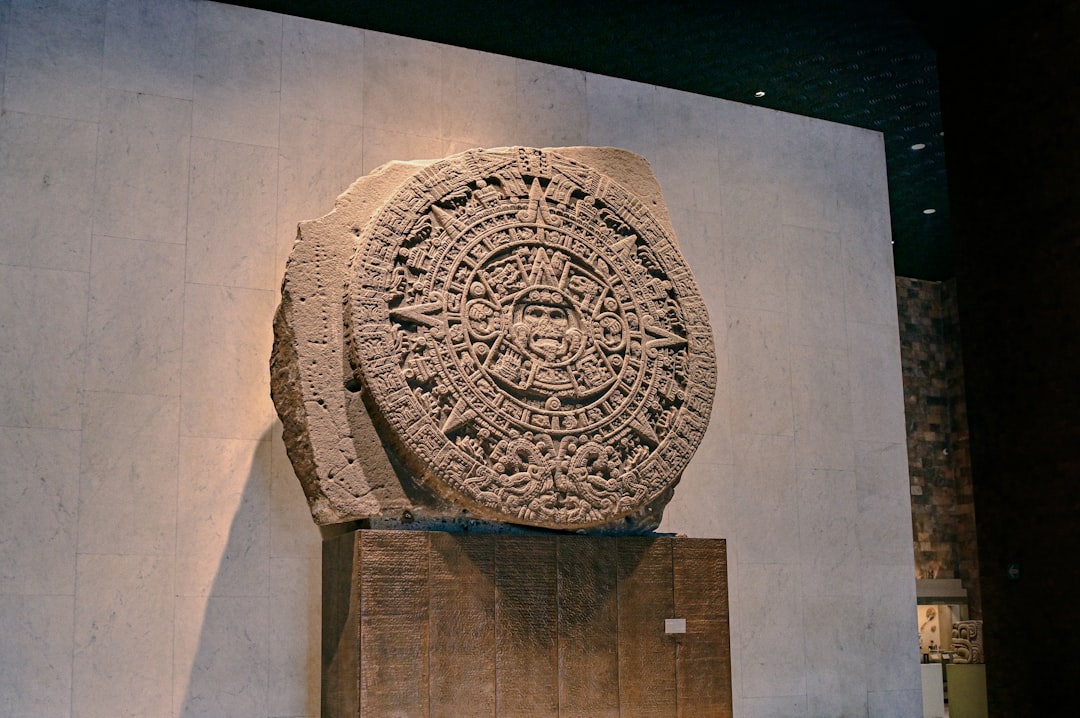What is it about?
The paper is about promoter islands and their sequence variability. Being discovered in bacterial genomes as regions with a high density of promoter–like sequences, promoter islands attracted attention due to an unusual combination of their functional features, specific structure and genomic location. Interacting with RNA polymerase, they form transcriptionally competent complexes, which, however, are mainly blocked at the stage of abortive synthesis of short oligonucleotides. In the paper we described those features of promoter islands, which had made them transcriptionally inactive, compared their intraspecies polymorphism with other promoters and non-promoter genomic regions, and evaluated the frequency and character of spontaneous mutations in their nucleotide sequences.
Featured Image
Why is it important?
The frequency and the nature of spontaneous mutations in the sequences of “promoter islands” have shown the dependence on the heterogeneity of bacterial populations. The number of point mutations in a more diverse community, formed during long common growth, was lower than in the cultures derived from a single cell. Thus, the genomic pattern of mutagenesis can be controlled at the population level.
Perspectives
Genomic regions with variable rate of spontaneous mutations can be suggested as markers of genes participating in cell-to-cell communications.
Olga Ozoline
Read the Original
This page is a summary of: Novel elements of bacterial genomes - promoter islands: intraspecies polymorphism and sequence stability, Current Bioinformatics, March 2017, Bentham Science Publishers,
DOI: 10.2174/1574893612666170321144558.
You can read the full text:
Resources
Contributors
The following have contributed to this page










